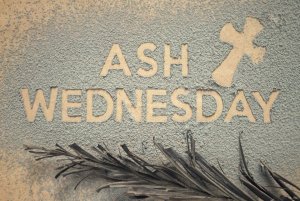- What is the issue?
- What is the missing puzzle that must be solved by your investigation?
- Who are the suspects?
- Will matters go to court?
Who do you need on your team? - What is the issue?
A good investigator starts with defining the issue. What exactly happened? Click here to see the issue definition. For the issue, one is able to establish the investigator’s puzzle.
To solve a case, you need to know who did what, where, when, how and why?
For a theft case, you know what (theft has occurred), where (at a specific location), when (you know the date when the theft took place), how (this may need ascertaining. But you can also see whether they drove into the building or they broke into with brute force by opening the locks), what you do not know is the who? Who did it? Once you identify the person, the matter is solved. In, this case, theft cases are solved through physical access control checks.
Do we have security cameras? Let’s review the footage to see what happened during the theft. What are our access controls? Were they breached? How did they do the theft? Which person could have visited days earlier as part of their footprinting to know where money or our key assets are kept?
Define the issue to know what is the objective of the investigation. Never start an investigation without a clear issue definition.
The suspects? Who are the suspects?
#mindspark Every case has a list of suspects. Reason: it is rare that strangers commit fraud. So, who are the suspects? Define your suspects clearly by testing the suspect triangle – who has the means, opportunity and motive to… Click To TweetAnyone with all the three is a potential suspect for your case.
To be continued
Copyright Mustapha B Mugisa, 2020. All rights reserved.



